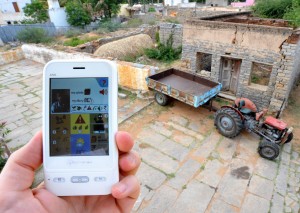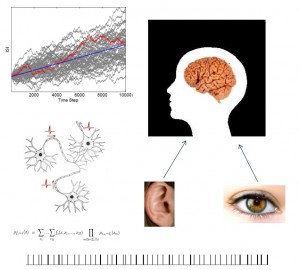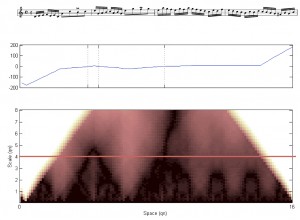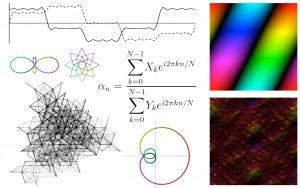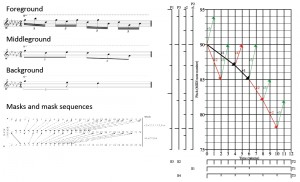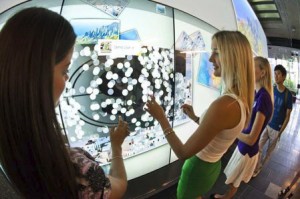 Date: 12 June
Date: 12 June
Time: 13.00-14.00
Place: KAR6B-102
In this talk will present two projects conducted at QUT’s Institute for Future Environments, which consider user interaction at significantly different scales:
The MiniOrb project addresses the question of how to design systems that aid office
inhabitants in controlling their localised office environments, as well as support the process of negotiating shared preferences amongst co-located inhabitants. I will describe the design, use and evaluation of MiniOrb, a system that employs ambient and tangible interaction mechanisms to allow inhabitants of office environments to report on subjectively perceived office comfort levels. MiniOrb consists of a sensor device measuring localised environmental conditions, and two input / output devices: an ambient and tangible interaction device that allows users to maintain peripheral awareness of environmental factors and provides a tangible input mechanism to report personal preferences, and a mobile application, which displays measurements in a more explicit manner and allows for touch-based user input. Our aim was to explore the role of ubiquitous computing in the individual control of indoor climate and specifically answer the question to what extent ambient and tangible interaction mechanisms are suited for the task of capturing individual comfort preferences in a nonobtrusive manner.
The CubIT project developed a large-scale multi-user presentation and collaboration
platform running on QUT’s Cube facility. “The Cube” is a unique facility that combines 48
large multi-touch screens and very large-scale projection surfaces to form a very large
interactive learning and engagement space. The CubIT system was specifically designed to
allow QUT staff and students to utilise the capabilities of the Cube. CubIT’s primary purpose is to enable users to upload, interact with and share their own media content on the Cube’s display surfaces using a shared workspace approach. CubIT combines multiple interfaces (multi-touch, mobile & web) each of which play different roles and support different interaction mechanisms, supporting a range of collaborative features including multi-user shared workspace interaction, drag and drop upload and sharing between users, session management and dynamic state control between different parts of the system. I will briefly introduce the Cube facility and describe the design and implementation of the CubIT system.
Bio
Dr Markus Rittenbruch is a Senior Research Fellow with the Institute for Future Environments (IFE) at the Queensland University of Technology (QUT) and a member of
QUT’s Urban Informatics Research Lab. He has over 19 years of research experience in the
fields of Human-Computer Interaction (HCI), Computer Supported Cooperative Work
(CSCW), and Ubiquitous Computing (UbiComp). Before joining QUT he has been invited to work at various research organisations in Germany and Australia, including the University of Bonn, the Distributed Systems Technology Centre (DSTC), the University of Queensland, the Australasian CRC for Interaction Design (ACID), and NICTA, Australia’s Information and Communications Technology Centre of Excellence.
Markus’ research focuses on solving problems in urban and organisational contexts through the design of engaging, innovative interaction technologies and approaches. His interests include the design of collaborative software, advanced models of awareness in groupware, in particular contextual and intentional awareness, social software, ambient, ubiquitous and physical computing, natural user interfaces and different ways of interfacing with sensors and sensor data. Markus has authored and co-authored over 50 publications in journals, edited books, and conference proceedings, including publications in the leading journals in HCI (Human-Computer Interaction Journal) and CSCW (Journal on Computer Supported Cooperative Work).
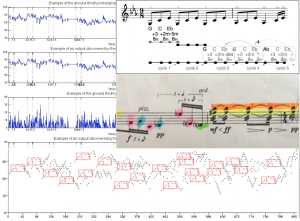 Date: 24 September
Date: 24 September


